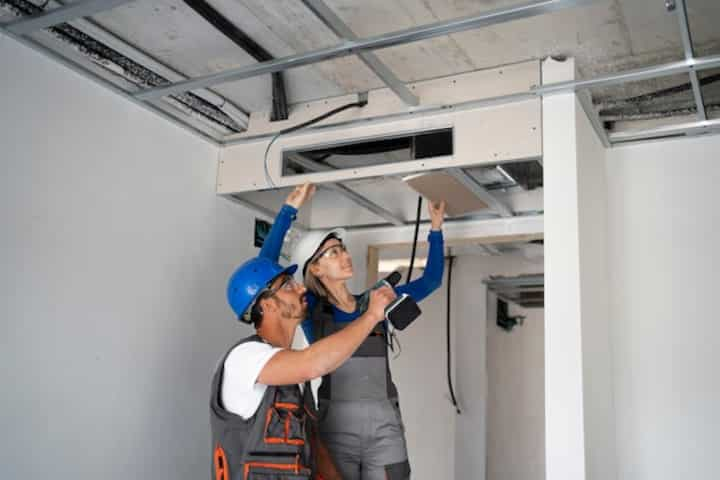
Expert Local Mold Inspectors for Comprehensive Removal
Mold infestation in homes and businesses can lead to a multitude of health problems and structural issues. Addressing this problem requires a thorough understanding of mold behavior, the conditions that promote its growth, and the most effective methods for its removal. Expert local mold inspectors play a crucial role in identifying and eradicating mold, ensuring a safe and healthy environment for all occupants.
The Importance of Professional Mold Inspection
Professional mold inspection is vital for several reasons. Mold can be elusive, often growing in hidden areas that are not immediately visible. A comprehensive inspection carried out by experts ensures that no mold colony goes undetected. The benefits of professional mold inspection include:
- Accurate identification of mold types.
- Assessment of the extent of mold growth.
- Identification of the underlying causes of mold proliferation.
- Recommendations for effective mold remediation strategies.
By relying on professional inspectors, property owners can rest assured that the mold problem is being addressed comprehensively and efficiently.
Steps Involved in Mold Inspection and Removal
Initial Assessment
The first step in the process is a detailed assessment of the affected area. During this stage, inspectors gather information about the property's history, any previous water damage, and signs of visible mold. The initial assessment helps in formulating a targeted inspection plan. Learn more in this detailed guide.
Comprehensive Inspection
Professional inspectors use advanced tools and techniques to conduct a thorough inspection. This may include:
- Moisture meters to detect hidden moisture sources.
- Infrared cameras to identify areas of potential mold growth behind walls and ceilings.
- Air sampling to determine the presence and concentration of mold spores in the environment.
These methods ensure that all affected areas are identified, even those not visible to the naked eye. Explore further insights here.
Customized Remediation Plan
Once the inspection is complete, inspectors develop a tailored remediation plan. This plan outlines the steps necessary to effectively remove the mold and prevent future growth. Key components of a remediation plan include:
- Identifying and repairing water leaks and sources of moisture.
- Containing affected areas to prevent cross-contamination.
- Removing and cleaning mold-infested materials.
- Using specialized equipment to purify the air and eliminate mold spores.
Each plan is customized to the specific needs of the property, ensuring comprehensive and long-lasting results. Read more about this topic.
Long-Term Prevention Strategies
The goal of mold remediation is not only to remove existing mold but also to prevent future outbreaks. Inspectors provide valuable advice on maintaining a mold-free environment, which includes:
- Regular maintenance checks to identify and address moisture issues promptly.
- Improving ventilation in areas prone to humidity, such as basements and bathrooms.
- Using dehumidifiers to maintain indoor humidity levels below 60%.
- Regular cleaning of HVAC systems to prevent mold growth in air ducts. Find additional information here.
Implementing these strategies helps in safeguarding the property against mold and ensuring the health and safety of its occupants.
Conclusion
Investing in expert local mold inspection and removal services is essential for maintaining a healthy living or working environment. Professional inspectors provide the expertise, technology, and strategies necessary to tackle mold issues effectively. By addressing mold problems comprehensively, property owners can protect both their investment and the well-being of those who reside or work in the space.